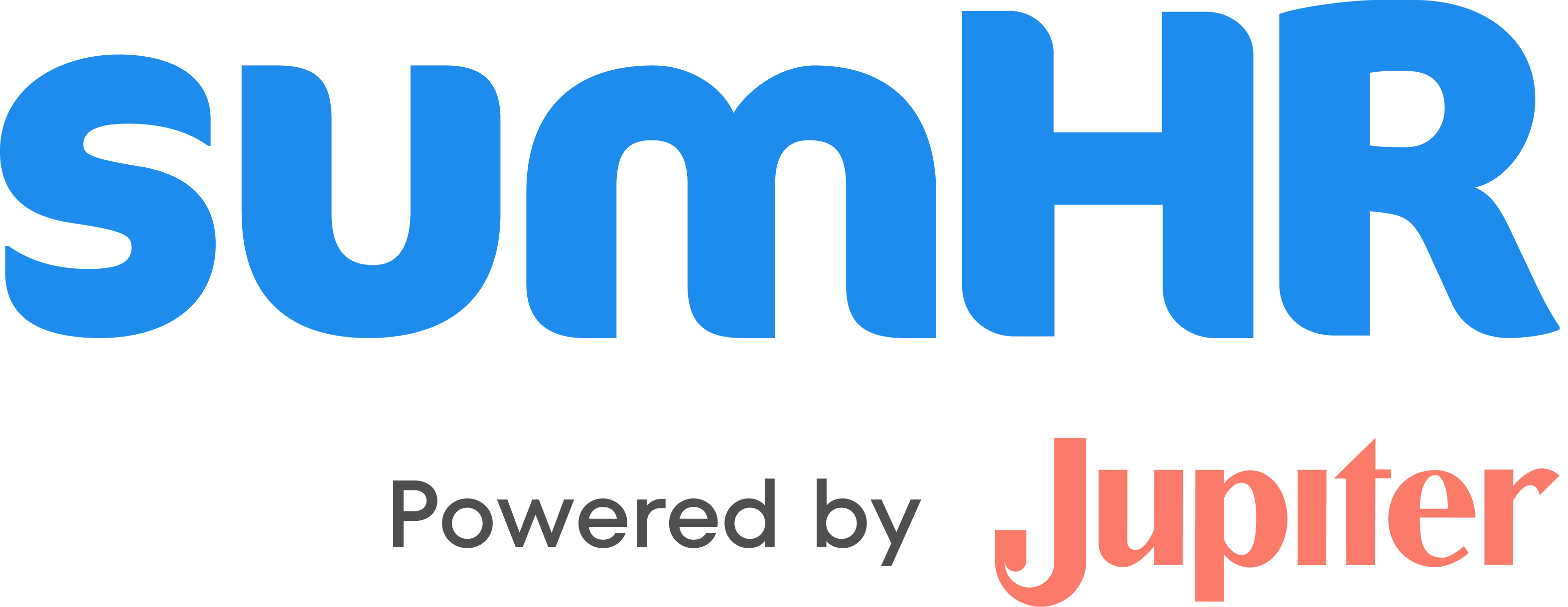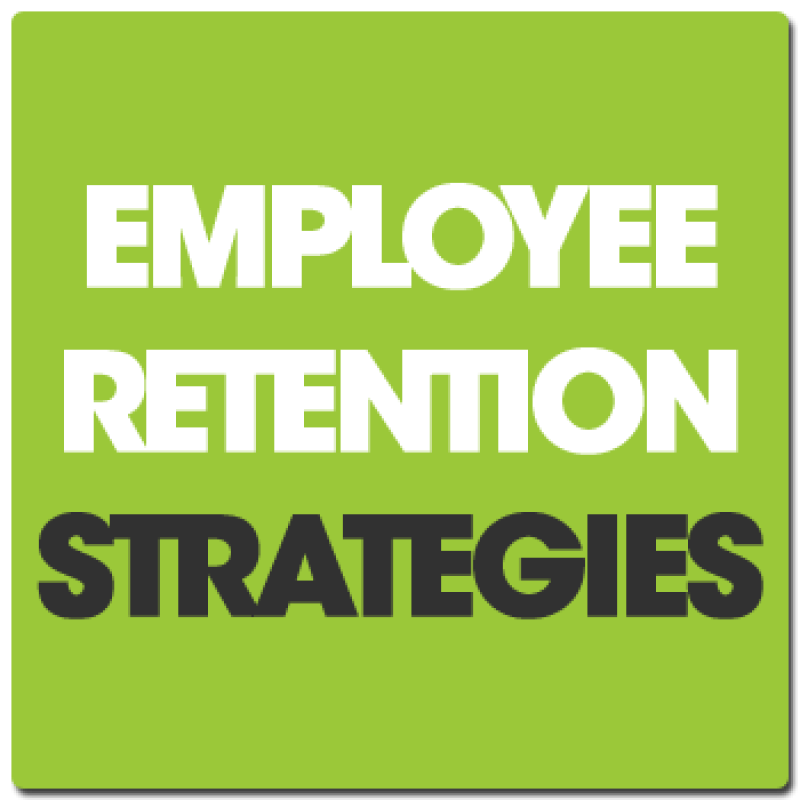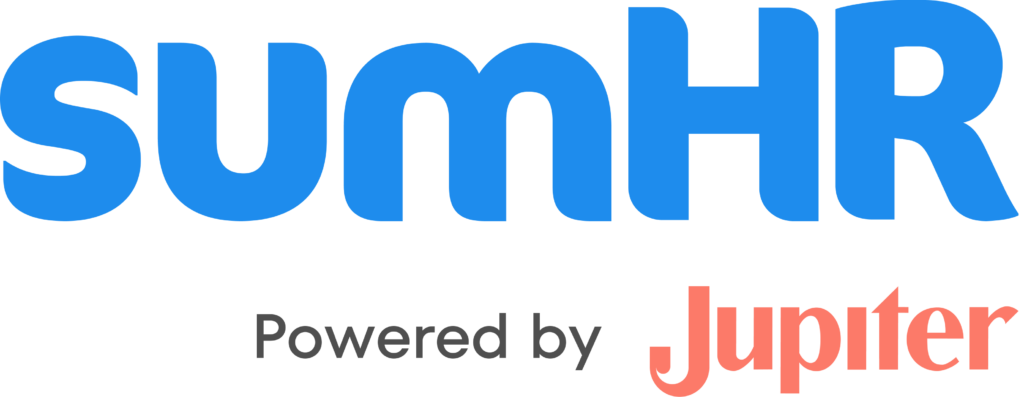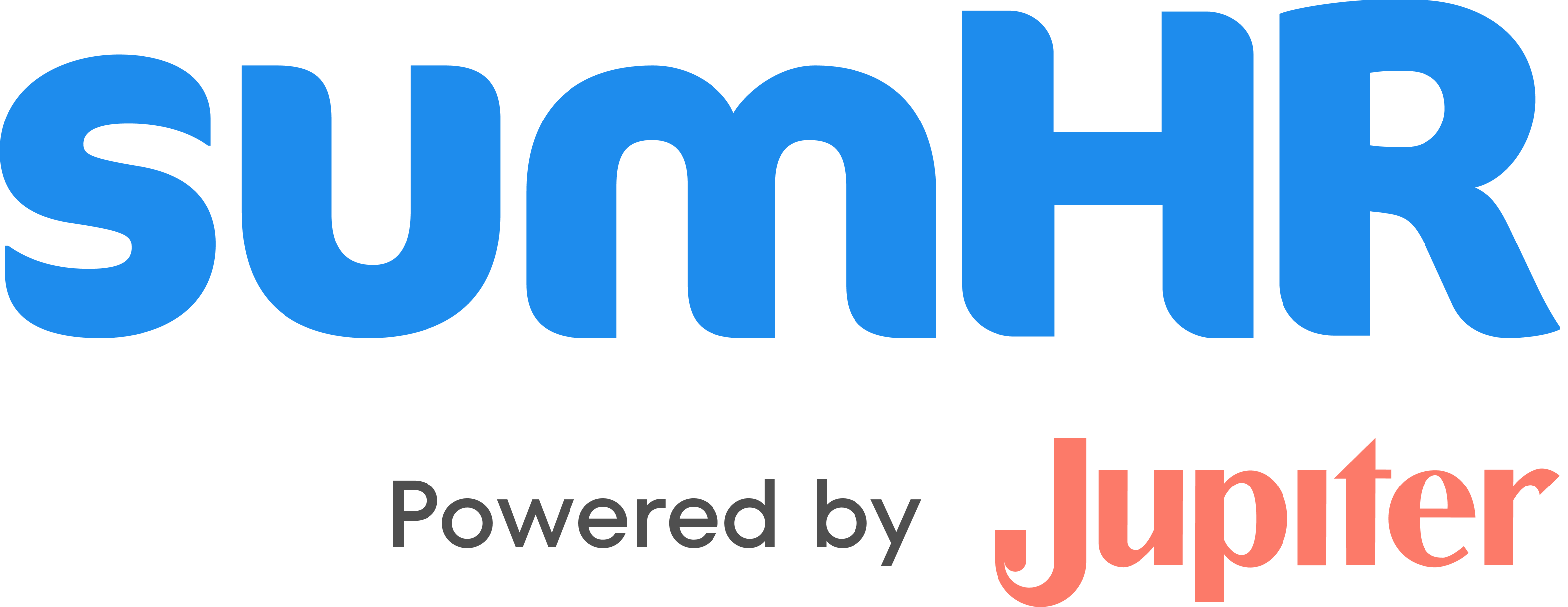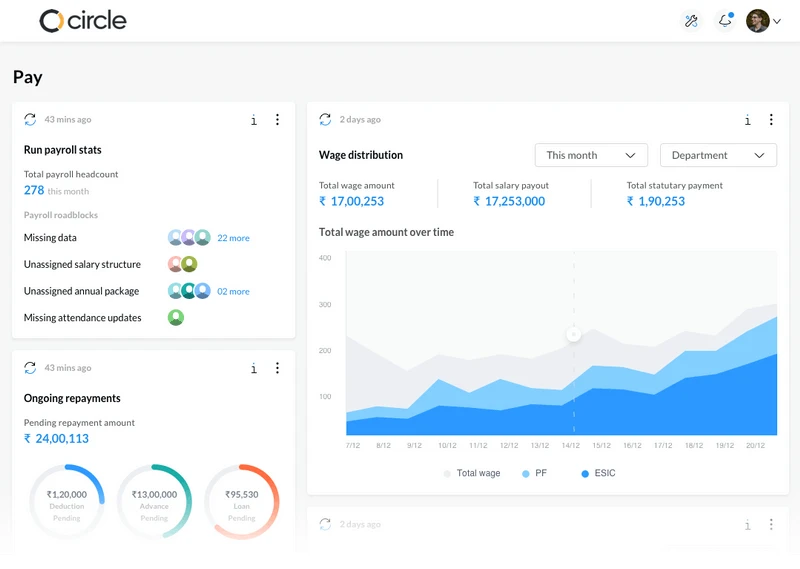Let me begin by quoting the infamous words of the CEO of Johnsonville Sausage, Ralph Stayer from the book, Flight of the Buffalo:
“I learned what I had to in order to succeed, but I never thought that learning was all that important. My willingness to do whatever it takes to succeed is what fueled Johnsonville’s growth. In 1980 I hit the wall. I realized that if I kept doing what I had always done, I was going to keep getting what I was getting. And I didn’t like what I was getting. I would never achieve my dream. I could see the rest of my business life is a never-ending stream of crises, problems, and dropped balls. We could keep growing and have decent profits, but it wasn’t the success I was looking for.”
The CEO observed how uninterested his employees were in their work. They followed the same mundane routine of coming to work and then back home without taking any ownership of their work. The business was thus becoming volatile and vulnerable.
In a meeting with Lee Thayer, a communications professor, Ralph was told how it was imperative for him to encourage and motivate his employees to follow their passions and unleash their potential. How he should make the employees want to listen to him rather than him forcing them to do so. He realized what he needed was a higher level of employee engagement and satisfaction to achieve his organizational goals.
Organizations place huge importance on making the most profit and generating maximum output from their business. Of course, anyone who runs a company knows that success can be achieved mostly by attracting, motivating and retaining top talent in the workplace.
Well, “attracting and motivating” are definitely easy tasks but they’re still manageable with the advent of technology and incentive structures “retaining” your best employees – that’s where all hell breaks loose. It may be comparatively easier to bring in new people and give them motivating speeches (most are just happy to be there in the first place), but it’s a whole new story to keep your employees interested, engaged, and enthusiastic about their work.
So how do you go about employee retention, engagement, and enthusiasm? Any guesses?
– By giving promotions? (Nah…)- A high salary/pay package works just fine. (You got to be kidding me!)- Well then, performance appraisals? (To some extent)- Lots of benefits? Family insurance? Chauffeur driven cars? (It may serve as a good starter, but not a good entrée).- Err.. giving them the freedom! Freedom to think, create, innovate, use their own work methods, invent? (Bingo!)
Yes, that’s exactly what today’s corporate biggies are zeroing in on to enhance employee engagement and retain their best employees. In fact, it’s turning out to be an ideal way for companies to save themselves from losing good talent. New age companies and innovative startups are going out of their way, finding ingenious ways to change their procedures, processes and policies to do just that. They are bringing in a whole new dimension to the management structure by allowing employees to evangelize their creative ideas that might lead to out-of-the-box products, processes and profits. It’s also observed that such practices are getting exceptional and widespread popularity amongst the employees and workers, resulting in bigger sales figures, better productivity and of course, reduced attrition rates.
Setting the ambiance right
How exactly does one create an environment of innovation, self-empowerment, creativity and self-motivating employees?
One way is for managers to come up with new ways to encourage and motivate their employees with rewards which go against the preconceived notions in an employee’s mind (like a promotion or pay incentive). This works because, when you take the effort to reward your employee in a thoughtful way, the employee feels he’s not only being valued but also that the manager/management is taking the effort to study him and his work more carefully. Thus, this employee goes that extra mile to perform to the best of his ability. End result? Better performance, higher productivity. A few theories have been vital in explaining how exactly rewards of this kind work. Let’s have a look at them
A) Maslow's Hierarchy of Needs
Abraham Maslow’s hierarchy of needs theory hypothesized that within every human being, there is a hierarchy of five needs:1. Physiological2. Safety3. Social4. Esteem5. Self-actualization
With regards to motivation, the theory says, while no need is ever fully gratified, substantially satisfied need no longer motivates an individual. So, according to Maslow if you want to motivate someone, you need to understand the level of the hierarchy which that person is currently on and focus on satisfying the needs at or above that level.
B) Herzberg's Two Factor Theory
In the Two Factor theory, Frederick Herzberg questioned “What do people want from their jobs?” After careful categorization of the responses, Herzberg concluded that intrinsic factors such as advancement, recognition, responsibility and achievement were proven to be consistently related to job satisfaction. On the other hand, dissatisfied respondents cited extrinsic factors such as supervision, pay, company policies and working environment. Herzberg proposed that the opposite of satisfaction is not dissatisfaction as was conventionally believed. Herzberg was of the opinion that, the opposite of satisfaction is not dissatisfaction, it is “no satisfaction”. Similarly, the opposite of dissatisfaction is “no dissatisfaction”.
Thus, managers who seek to eradicate factors that lead to job dissatisfaction should consider making changes in conditions surrounding the job such as quality of supervision, pay, company policies, working environment, interpersonal relations and job security. When these factors are adequate people will not be dissatisfied. Neither will they be satisfied. Once these needs are met adequately, people will not be dissatisfied, however, they will not be completely satisfies either (Recall: opposite of dissatisfaction is no dissatisfaction). So if you aim to motivate people on their jobs, you need to first emphasize factors associated with work itself or the output derived from it, which includes promotions, personal growth, status, achievement and responsibility.
McClelland's Theory of Needs
This small exercise might help you understand the terms better for employee retention. Assume that you have a ball and there are 4 targets set up in front of you. Each one is progressively farther and hence more difficult to hit. Target A is almost within your arm’s reach and if you hit it you get $50. Target B is a still farther but 80 percent people who try can hit it (pays $100). Target C pays $200 and about half of the people who try can hit. Very few people can hit Target D, but the payoff is $400. Which target would you try for? If you selected C, you’re likely a high achiever. Why? Read on… even if you didn’t select C, still read on.
McClelland’s theory is based on 3 needs, namely, need for achievement (nAch), need for power (nPow), and need for affiliation (nAff). Of the three needs McClelland focused most on nAch. He proposed that high achievers perform best when they perceive their probability of success as 0.5, i.e. 50-50 chance of success. They dislike gambling with high/low odds because they get no achievement from success that comes by pure luck or success that poses no challenge to achieve it. Thus, when jobs offer a high degree of personal responsibility and feedback along with being challenging, high achievers are strongly motivated. However, such high achievers tend to be interested only in how well they do and not in influencing others. Coming to nPow and nAff, these tend to be closely related to managerial success and such people make good managers because they are high in their need for power and low in their need for affiliation.
Although these theories might seem difficult to implement and questionable in terms of validity, they are probably still the best-known, and are a foundation for many contemporary theories. The whole point of this gigantic explanation was to show how organizations will benefit by putting these theories to practice and providing a work culture that motivates employees to grow and unleash their potential. This, in turn, will provide the organization with a custom-made, ready-to-use supply of talented and creative individuals.
Time for some facts and trivia related to employee retention
Now that the theory paper is done, let’s move on to the practicals. It’s time to check whether I’m aiming arrows in the air or do I actually have a target to hit at. Here’s what these hotshot barracudas in big corporates are doing to invent the next blockbuster idea.
1. Google’s 80/20 policy
It’s been quite a few years since Google’s 80/20 policy surfaced, and has since influenced many companies. The policy allowed employees 20 percent time for creative side projects, thus being a passion nurturer of sorts. It has been ranked the best practice for unleashing widespread creativity and innovation in the enterprise. Google had $209,624 profit per employee in 2008 merely by rewarding and motivating them. Now that’s motivation, isn’t it?
2. LinkedIn’s cubator program
The motto of the program being turning employees into entrepreneurs, granted any employee with an out-of-the-box idea to form his own team and streamline the process. If an executive member gave a green signal, the team would then get about a quarter to work on the project.
3. Apple’s Blue Sky initiative
This initiative allows a small group of staffers the liberty to take a few weeks off hatching new ideas or developing a pet project (quite a move for the military-like corporation, eh?).
4. Microsoft’s The Garage
The Garage offers employees access to the instrumentations needed for testing prototypes. The Garage has led to the discovery of a new app, The Lync Conversation Translator, which enables two people, speaking different languages to have an IM conversation in their native tongue. However, the message will pop on the receiver’s screen in his own native tongue. This invention did not root out from an extensively detailed blueprint put together by top-notch Microsoft hotshots. It was in fact, the brainchild of Harry Emil who came up with the idea in his spare time whilst working on it during his hours at The Garage.
5. Viget’s Pointless Corp
Pointless Corp is Viget’s way of letting their team come up with a unique idea and then work on it together to launch a web app. Anyone who sparks a idea is the team leader and has to get at least one other member involved. The idea is then pitched to Andy (the co-founder) and if he’s sold, the team members are provided a weekly slot to work on the same. They have managed to launch 4 official pointless projects SpeakerRate, FeedStitch, HeyCraig, and TweetsOfFury (not so pointless after all for employee retention).
6. Atlassian’s ShipIt Days
Every quarter Atlassian’s are given a chance to work on anything that relates to their products and develop it in 24 hours. The delivery has to be done during the ShipIt Day. Their aim in doing this is to foster creativity, give a platform for radical ideas, and have fun.
Conclusion
Organizations now need to look at the bigger picture, when it comes to employee retention. Make amends to the stagnate form of managerial structure which hinders and throttles creativity and innovation. The logic is to have a talented individual even if you have just 80% of their attention. When you have a posse of highly motivated and highly capable individuals with a twisted mind, there is no room for micromanagement. Lines are blurring and new borders are being formed. However for the employees, their obligations towards their full-time job need to be met first. Procrastinating at the job at hand does not add credibility to your creativeness. The “creative you” should not be at the expense of the “professional you”.
Lastly, implementation of the aforementioned factors will help organizations attract, motivate and retain top talent. A happier workforce proves to be loyal and more productive. It’s imperative to accept the fact that questioning authority or suggesting amends to it doesn’t make one an anarchist, it simply means you have a free bird in your nest ;). So, if you want to attract and retain top talent, take Gary Hamel’s word for it, “Breakthroughs come from questioning assumptions and smashing paradigms”.
